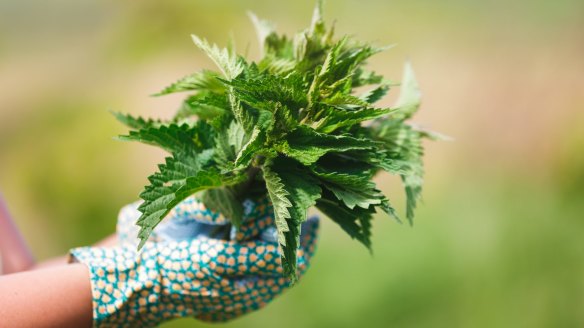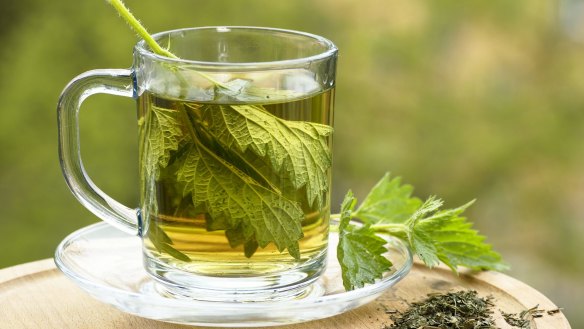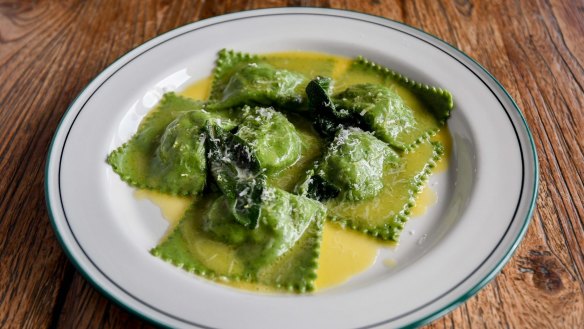Stinging nettles: Everything you need to know

These deep green wild greens, armed with a thousand tiny stinging hairs, have been (carefully) foraged for millennia. Rich in nutrients from protein to healthy plant oils, stinging nettles are one of the first greens to emerge in spring and bring a rich, luscious texture to soups, omelettes and pasta dishes.
What is it?
The botanic name for the stinging nettles genus is Urtica, coming from the Latin "to burn". These annual wild plants have deeply serrated leaves and hairs or trichomes on the leaves and stems that break off and shoot a little homegrown hypodermic under the skin.
Packed with chemicals such as acetylcholine, histamine and serotonin, they cause temporary stinging and swelling. Those hairs disappear with washing and cooking, rendering the plant both harmless and delicious.

Why do we love it?
Sydney edible wild plant expert and author Diego Bonetto, author of Eat Weeds, says stinging nettles have been eaten in Australia for tens of thousands of years.
"We have three species of nettles in Australia – one with long, narrow leaves is native. The other two are exotic."
They are a source of minerals such as magnesium and have a lot of linoleic acids, which help lower LDL cholesterol.
"Tea made from stinging nettle is known as a blood tonic in many cultures," says Benotto.

Victorian chef Glenn Laurie would tramp through native stinging nettles on fishing trips with his dad in Gippsland.
"I didn't learn how delicious they were until I started cooking with them at The River Cafe in London," he says. "They were cooked into the risotto, where they added bright green, a fresh note and luscious texture to the rice."
At La Cantina at Freshwater Creek, near Anglesea, a patch of nettles has sprung up where the compost was last year. "We make pasta with a puree of cooked leaves. You need to get as much of the moisture out [before mixing into the dough] because it will affect the ratio of flour and liquid," Laurie says.
He loves serving nettle puree enriched with extra virgin olive oil alongside grilled seafood such as octopus. "It has such a great luxurious texture."
How do you use it?
While Italian nonnas appear to handle nettles with impunity, it's best to wear rubber gloves, handling the plants from the base of the stem, and wash them in a sink of cold water to remove grit. Blanch in boiling water for a minute then refresh in iced water.
The Brits have made nettle and veg soup for millennia but sometimes cook nettles in rich stock thickened with cream. The Spanish mix nettles with prawns and eggs to make a tortilla, while the Greeks make a pie, a bit like spanakopita, which they call hortikopita (wild weed pie). Nettles cooked with butter, shallots and cream make a smooth, unctuous puree as a bed for succulent seafood like scallops and quick-cooked calamari.
Where do you get it?
Not in the supermarket. Some specialty greengrocers carry nettles but you're more likely to find them at a farmers' market. Or you could forage in the 'burbs or the country. Take a reference picture and look for disturbed soil or around trees where farm animals sleep.
Send your culinary conundrums and ingredient suggestions to brainfood@richardcornish.com.au or Twitter and Insta @foodcornish.
Appears in these collections
- More:
- Food
- Brain food
